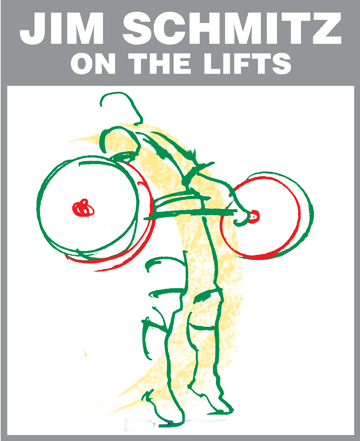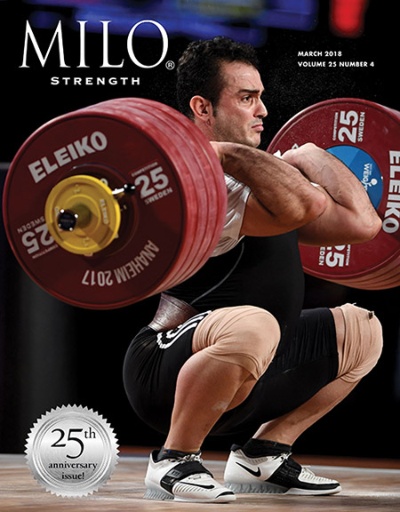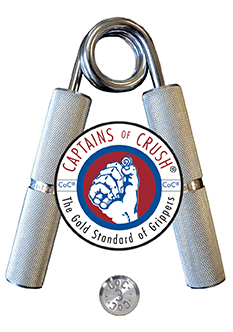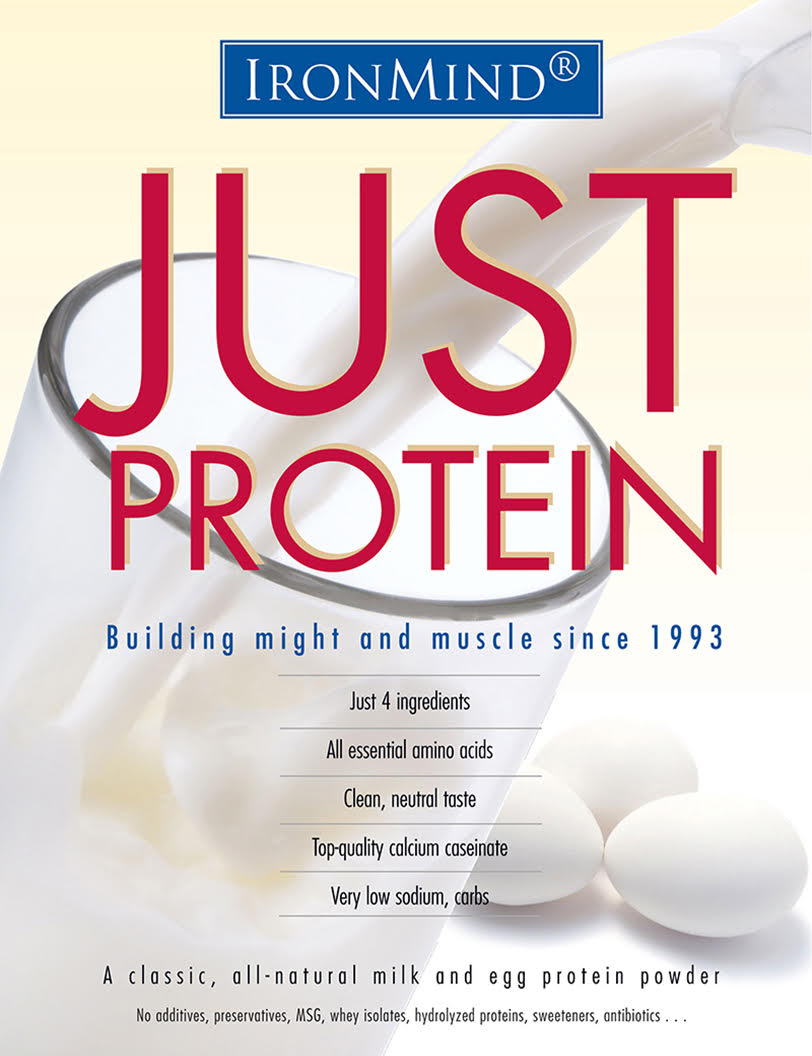
U.S. Olympic Weightlifting Team Coach 1980, 1988 & 1992 Author of Olympic-style Weightlifting for Beginner & Intermediate Weightlifters Manual and DVD
Olympic lifts can be utilized for cardiovascular fitness and muscle endurance training as well as for strength and power. Years ago I tried the Super Squats routine of doing 5 sets of 20 reps, and let me tell you, as I’m sure many of you know or can imagine, that was tough, really tough. Well, 5 to 10 reps in the clean and jerk is really tough, too—and by that I mean that you do a jerk with each clean. When people question the conditioning value of the Olympic lifts, I say talk to me when you can do 10 consecutive reps with no rest in between in the clean and jerk with your body weight!
It doesn’t sound too difficult to someone who maybe weighs 90 kg and can clean and jerk 150 for one rep, or if you only weigh 60 kg or so, you think no problem—but it is, and I have many a good laugh when a lifter tries to do it. At rep 5 you get the idea that it’s going to be tough, at rep 7 you want to quit, but you think you can do 3 more, at rep 9 you are beat and have to get psyched to continue—and it helps to have people cheering you on—and rep 10 is probably the hardest, ugliest clean and jerk you’ll ever make. You’ll almost collapse and you’ll probably say never again! But you’ll feel really satisfied with the accomplishment and will challenge others to give it a try. Then you can share the pain and laugh at them and encourage them to finish.
The situation above is if you do the 10 reps with your body weight without training for it. If you are an endurance athlete and want to train for muscular endurance, then this is your way to do it. If you don’t know how to clean and jerk, have someone teach you how to power clean and power jerk, which is just pulling the barbell from the floor to your shoulders with a little leg dip in the catch, then standing, dipping the legs slightly and pushing the barbell overhead and again slightly bending the legs in the catch; then you stand, then lower the bar back to the platform, and repeat.
You might begin by doing sets of 5 reps, say, 3 sets of 5 reps with a light warm-up weight, maybe one-third your body weight. Then add reps each workout, and when you can do 3 sets of 8 reps, add weight. Continue like this until you can do 3 sets of 8 reps with two-thirds of your body weight. Then on your next workout do one-third body weight for 10 reps, one-half body weight for 10, and two-thirds body weight for 10. After a few workouts you should be ready for your body weight for 10. You naturally warm up first with a light weight for 3 reps and a medium weight for 3 reps; then go for it, your body weight for 10 reps. Remember, that’s 10 reps without your hands coming off the bar and only enough rest between reps to get properly set for your next rep.
If after you’ve done your clean and jerks for reps you want more strength endurance training, do Super Squats, 3 to 5 sets of 20 reps. In doing this type of training you have to be very cautious in your weight selection: take it light. Also, one or a maximum of two times a week should be enough—you can very easily over train on this type of workout.
Enjoy, and take extra water and towels to the gym.

















